1. Basha SI, McCoy E, Ullah R, Kinsella JB. The efficacy of pharyngeal packing during routine nasal surgery--a prospective randomised controlled study. Anaesthesia. 2006; 61(12):1161–5.

2. Korkut AY, Erkalp K, Erden V, Teker AM, Demirel A, Gedikli O, et al. Effect of pharyngeal packing during nasal surgery on postoperative nausea and vomiting. Otolaryngol Head Neck Surg. 2010; 143(6):831–6.

3. Fennessy BG, Mannion S, Kinsella JB, O’Sullivan P. The benefits of hypopharyngeal packing in nasal surgery: a pilot study. Ir J Med Sci. 2011; 180(1):181–3.

4. Karbasforushan A, Hemmatpoor B, Makhsosi BR, Mahvar T, Golfam P, Khiabani B. The effect of pharyngeal packing during nasal surgery on the incidence of post operative nausea, vomiting, and sore throat. Iran J Otorhinolaryngol. 2014; 26(77):219–23.
5. Razavi M, Taghavi Gilani M, Bameshki AR, Behdani R, Khadivi E, Bakhshaee M. Pharyngeal packing during rhinoplasty: advantages and disadvantages. Iran J Otorhinolaryngol. 2015; 27(83):423–8.
6. Al-Lami A, Amonoo-Kuofi K, Kulloo P, Lakhani R, Prakash N, Bhat N. A study evaluating the effects of throat packs during nasal surgery: a randomised controlled trial. Eur Arch Otorhinolaryngol. 2017; 274(8):3109–14.

7. Borna R, McCleary S, Wang L, Lee A, Saadat S, Grogan T, et al. Effect of throat pack placement on the incidence of sore throat and postoperative nausea and vomiting in septorhinoplasty patients: a randomized controlled trial. Aesthet Surg J. 2022; 42(7):743–8.

8. Meco BC, Ozcelik M, Yildirim Guclu C, Beton S, Islamoglu Y, Turgay A, et al. Does type of pharyngeal packing during sinonasal surgery have an effect on PONV and throat pain? Otolaryngol Head Neck Surg. 2016; 154(4):742–7.

9. Rizvi MM, Singh RB, Rasheed MA, Sarkar A. Effects of different types of pharyngeal packing in patients undergoing nasal surgery: a comparative study. Anesth Essays Res. 2015; 9(2):230–7.

10. Solmaz FA, Tutal ZB, Turhan KSC, Ozatamer O, Meco C. Effects of pharyngeal tampon usage for postoperative nause, vomiting and sore throat in nasal surgery. Int J Clin Exp Med. 2016; 9(7):14442–7.
11. Temel ME, Totoz T, Erkalp K, Temel GS, Selcan A. A randomized, double-blind study of the ultrasound assessment of the effect of pharyngeal packing on perioperative gastric volume in nasal surgery. BMC Anesthesiol. 2019; 19(1):121.





 PDF
PDF Citation
Citation Print
Print



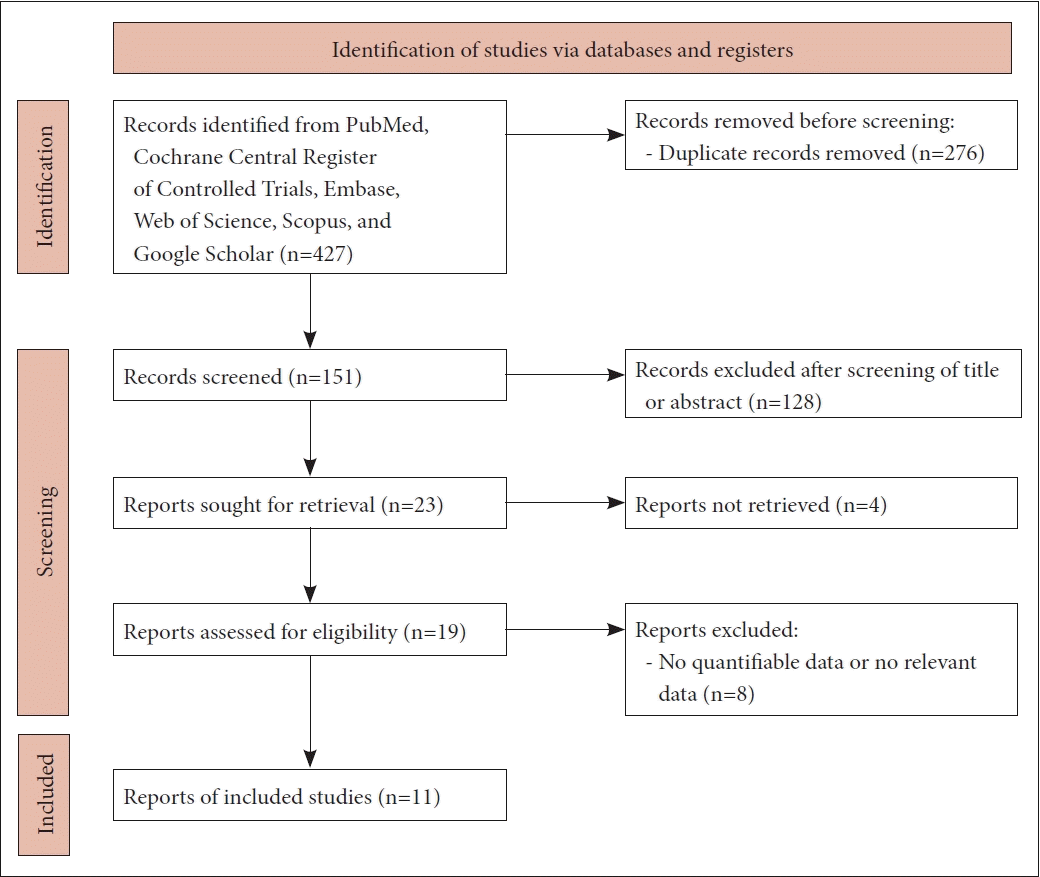
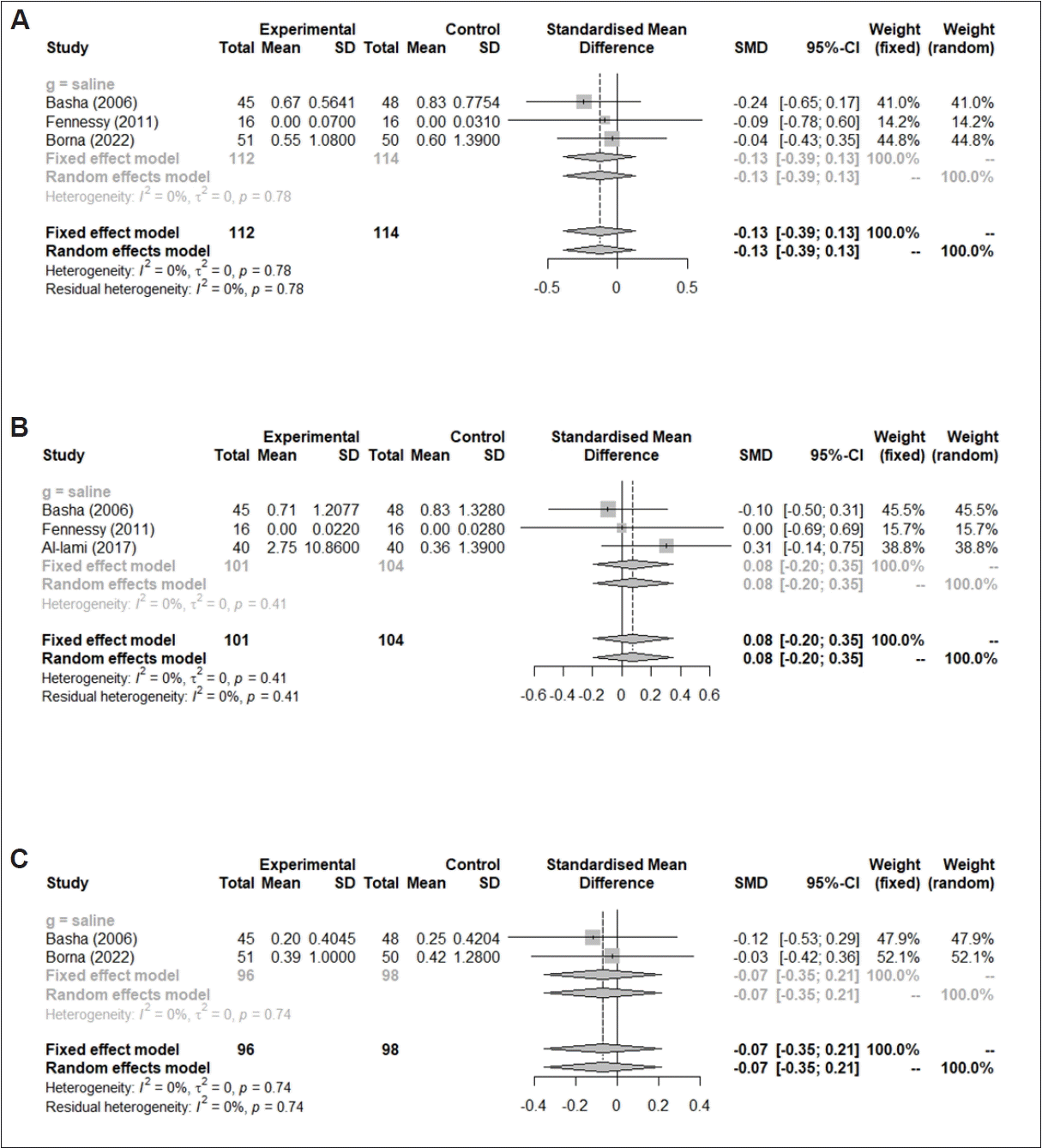
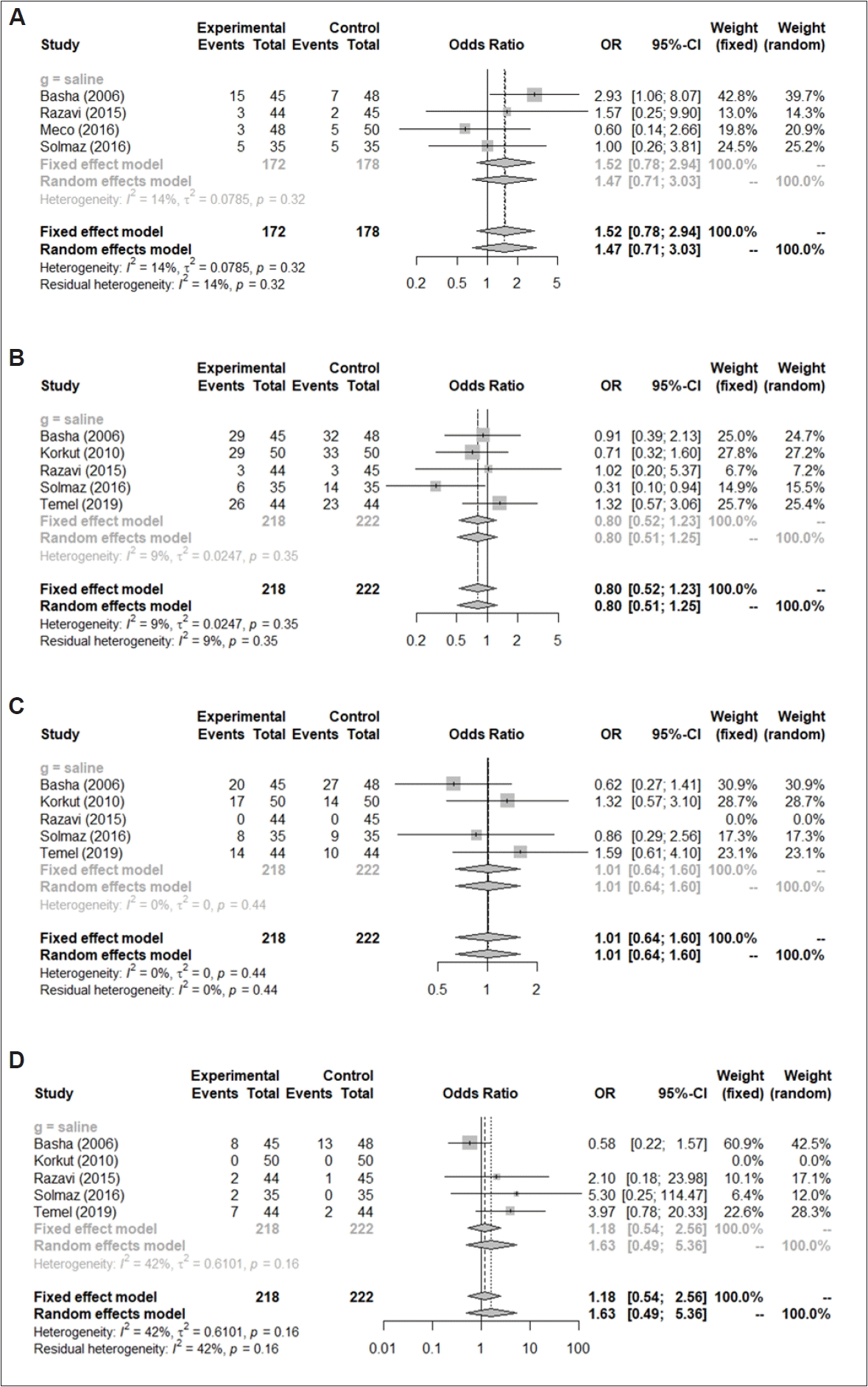
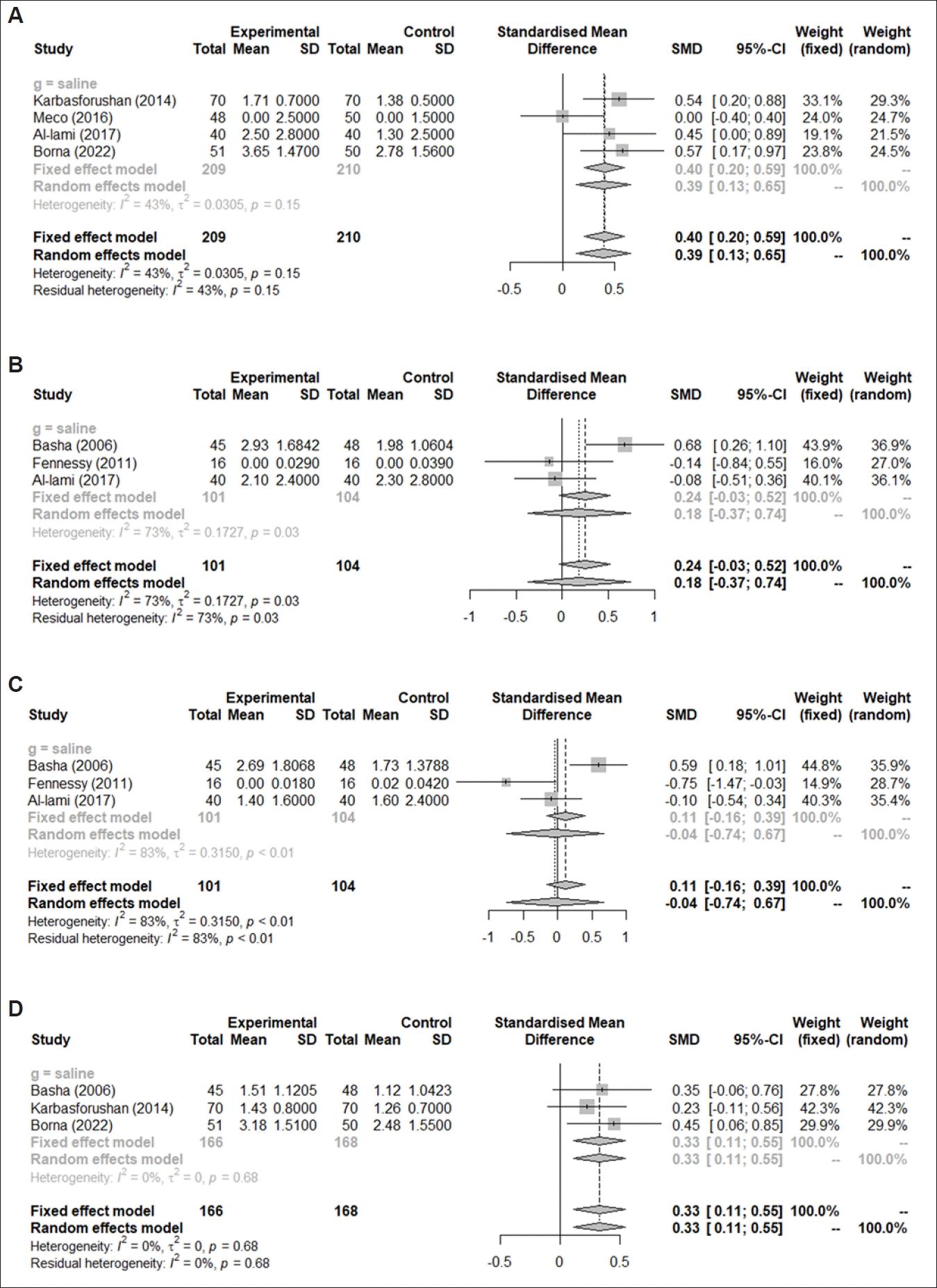
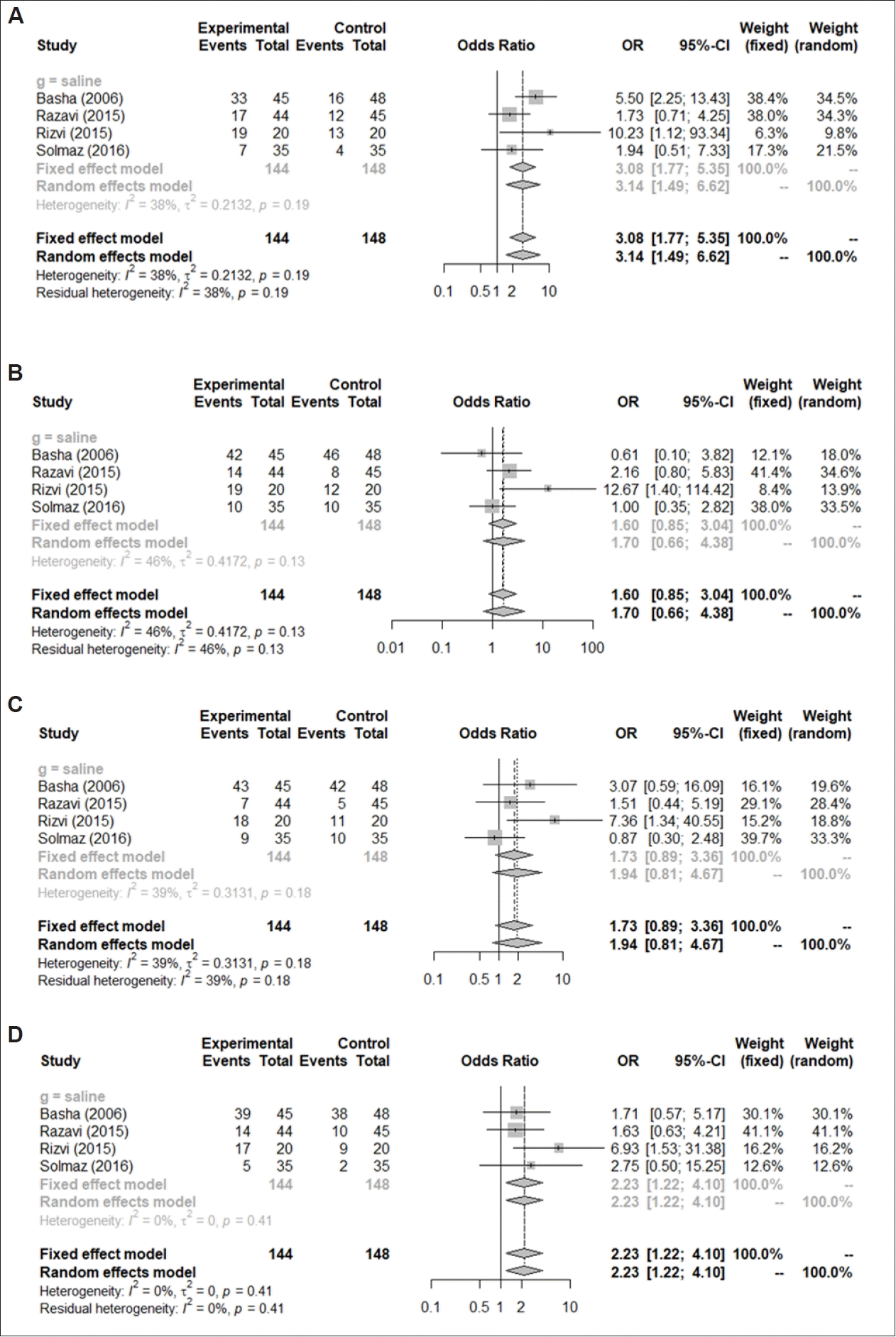
 XML Download
XML Download